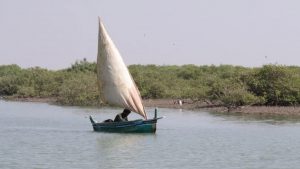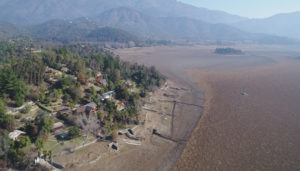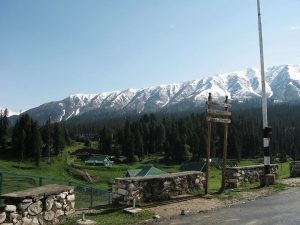Sand is a limited resource and the most mined mineral in the world in terms of volume and yet, its presence is taken for granted. As a result of the modernisation and growing urbanisation across South Asia, demand for sand has increased significantly in the region. With the demand likely to increase further, concerns over the sustainability and ecological viability of existing supply systems have forced a rethink on ways to effectively regulate the sandmining sector.
The big challenge
With sandmining, finding a balance between demand and sustainability is a key challenge. Ensuring that the demand for sand is met at an affordable price while also maintaining its sustainable extraction with minimal impact on the river ecosystem are issues that can be in direct conflict with each other.
Policymakers have attempted to respond to this through stringent regulations. But given the market forces of a growing demand and the limited supply of sand, illegal sandmining flourishes.
In this context and with the support of the Transboundary Rivers of South Asia (TROSA) programme implemented by Oxfam, Policy Entrepreneurs Inc. undertook a study in Nepal’s Mahakali and India’s Teesta rivers to explore key governance challenges with sandmining in Nepal and India.
Learning from two rivers
Undoubtedly, there are stark differences between the two countries when it comes to the scale and complexity of mining operations.
In Nepal, the scale of sandmining and the corresponding supply of sand from the Mahakali river is relatively low. The institutions and processes that manage the industry are fairly straightforward; autonomous municipal governments in concurrence with relevant provincial frameworks govern the sector and its operations. Depending on the volume of extraction from a single site – i.e. below or above 300 cubic meters per day – municipal governments are required to apply for environmental clearance which is given either through the ‘initial environmental examination’ or the ‘environmental impact assessment’ process.
In India, however, policies and institutions overseeing sand mining are fairly complex. Sand is classified as a minor mineral and state governments hold jurisdiction over its governance.
Depending on the size of a mining lease, institutions and processes have been established at the district, state and central levels to support, regulate and oversee environmental clearances and compliance. The market demand for sand is significantly large and there exist both formal and informal supply chains.
There is also a mature and vocal activism for sustainability and environmental justice — notions strongly supported by an active judiciary that has played an instrumental role in instituting key reforms for environmental safeguards and promoting sustainable mining. In particular, India’s Supreme Court and National Green Tribunal rulings facilitated the revision of the norms for environmental clearances and the adoption of ‘Sustainable Sand Mining Management Guidelines’ in 2016.
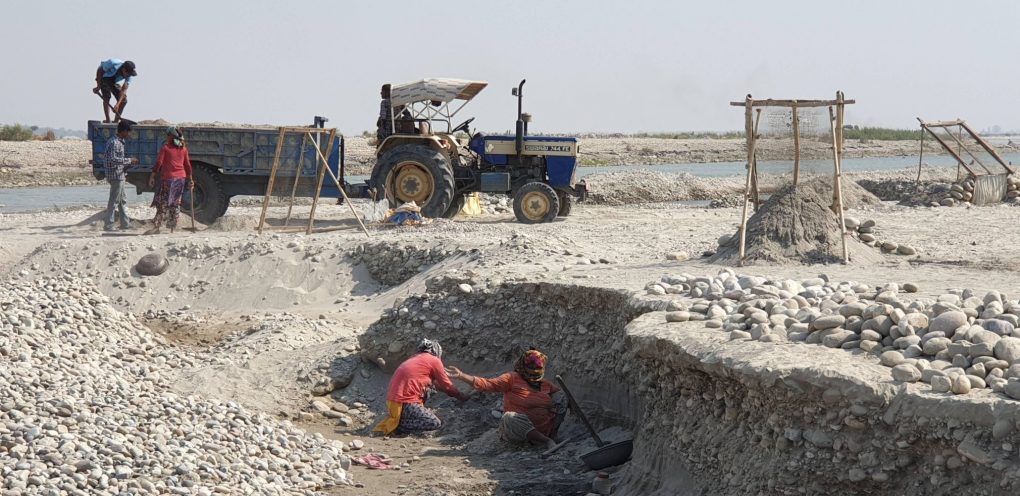
Both Nepal and India have, at least on paper, established regulatory regimes intended to promote sustainable sand mining. However, sand mining operations in the Mahakali and Teesta rivers reveal a huge gap between policy and practice. This demonstrates that the dearth of sustainable sand mining practices has less to do with the absence of policies and more with the failure to adequately implement existing ones.
The concern is especially alarming in India, where illegal sandmining continues to flourish unabated despite the implementation of the sector reforms in 2016, which saw a whopping 328,737 cases of illegal mining reported across the country in three years.
In Nepal, the primary issue in the Mahakali region is not illegal sandmining as such, but rather jurisdictional overlaps and the lack of clear mechanisms emerging within the ongoing process of federalism implementation and state restructuring.
This is evident in the royalty-sharing dispute between the two municipalities, namely Mahakali and Bhimdutta, that share the Mahakali river.
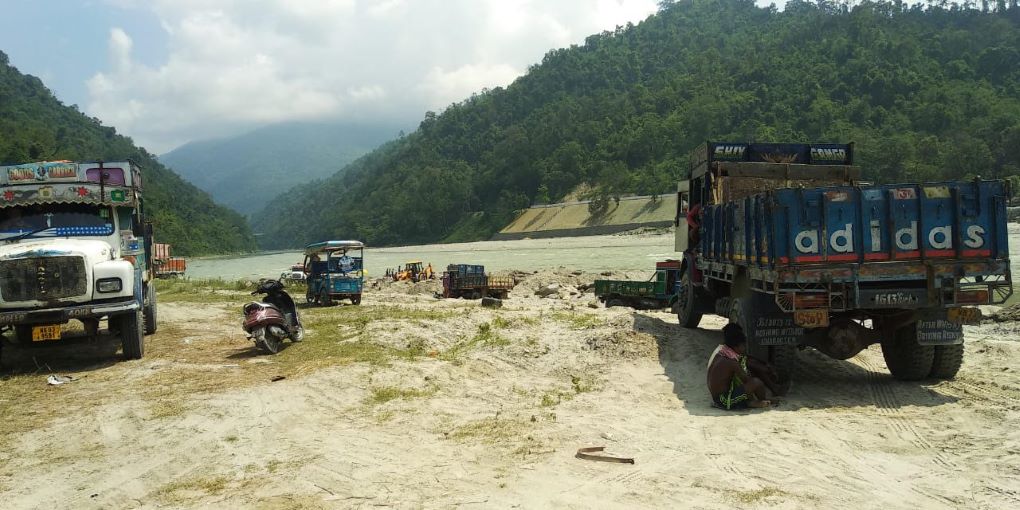
Resources are limited
Despite devolving authority at the local level, local institutions responsible for managing and monitoring the practice of sustainable sandmining are constrained by the lack of adequate human resources and technical expertise. More pronounced in the case of sand mining in the Mahakali river, capacity and resource constraints have limited the role of municipal governments to meeting only sufficient conditions to allow mining. There is limited consideration, if at all, towards ensuring environmental compliance during extraction and of the overall long-term sustainability of the river.
Gaps are exploited
The incentive to over-extract is deeply ingrained in the system. With the increasing demand and limited supply of sand, the result is a market shortage that is reflected by a higher market price. The resulting profit incentivises private extractors to extract more than what they are allowed.
Maintaining oversight over extraction is especially challenging as Sand mining in Nepal and India is fraught with influences of cartels and kickbacks. Cartels ensure collusion among the private sector to secure the cheapest contracts; kickbacks ensure commissions for willing officials to be co-opted into illegal mining schemes. While these collusions do exist in Nepal, they are not as significant as in the case of sandmining in India.
Terms such as ‘sand mafia’ and ‘the nexus’ have become buzzwords in the sandmining debate in India. Much like organised criminal networks elsewhere, these sand mafias are known to receive political protection.
In India’s federal system, because states have the authority to make policies on natural resources and law and order, state-level politicians and authorities are said to be using discretionary power to extend patronage to sand mafias in return for financial kickbacks.
Besides money, sand mafias also resort to violence when required; as a result, local authorities exercise extreme caution and/or avoid monitoring their activity. The nexus between mafias, politicians and authorities was identified by many stakeholders in the Sikkim and West Bengal region as a major hindrance to effective monitoring and regulatory enforcement.
Banning not a deterrent
Given the large demand for sand, a ban on a single river only shifts the problem to other rivers nearby. As policy makers and activists have mostly focused on sand mining in major rivers, the intensity of mining, both legal and illegal, has increased across minor rivers and other smaller tributaries.
Limited adoption of manufactured sand
Despite the government of India’s efforts to promote the substitution of river sand with manufactured sand, lack of awareness and presumptive preference of consumers has limited its widespread use and adoption.
Also see: Sand mining is destroying Asia’s rivers
The writers work with the Policy Entrepreneurs Inc. (PEI) and were part of the team that published this study
![<p>Sand being mined illegally from the Teesta at Sevoke Ghat, Darjeeling District, West Bengal [image courtesy: PEI]</p>](https://dialogue.earth/content/uploads/2019/10/sand-mining.jpg)
